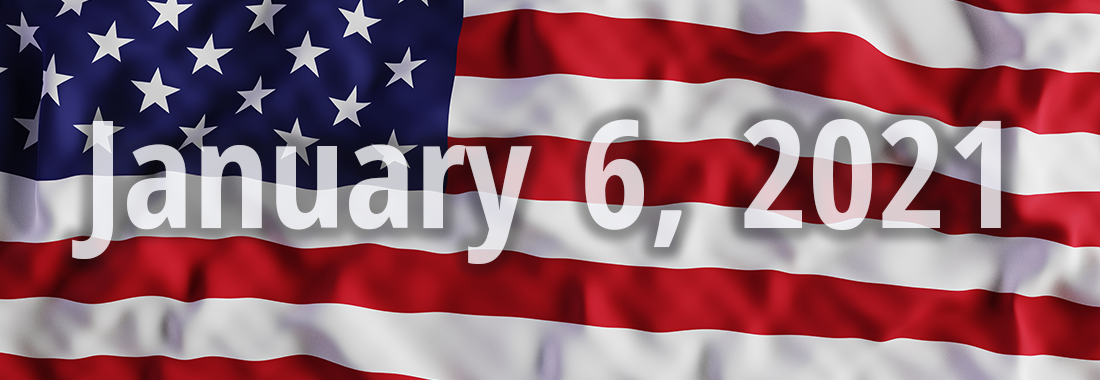Author: Dr. Emily Stacey, Rose State College
The events of January 6, 2021 will haunt the field of American Political Science in perpetuity. It is important not just for our students but for ourselves to make sense of what happened in an effort to prevent a reoccurrence. The emotions run high on this topic—and more specifically—the buildup to the breaching of the U.S. Capitol building. As with everything we teach in Political Science, we want to do so with a nonpartisan, just-the-facts mentality. The following is a format I suggest for teaching the insurrection that took place on January 6.
Analyze the Rhetoric Preceding the Insurrection
Establish the intent and the rhetoric espoused at the Trump rally before the storming of the Capitol. The discourse regarding “Stop the Steal” and rectifying a fraudulent election started well before Americans voted. In fact, some of the first mentions came from former President Trump himself via Twitter in April 2020. Reading the transcript of the Trump speech on January 6, 2021 or watching it as a class can help students understand the emotional level and perhaps the intent of the crowd before marching to the Capitol building itself.
Incorporate a Timeline When Teaching the Insurrection
Provide a timeline of events: It is important for students who are not living and breathing every moment of politics to have an established timeline and understanding of the events (that’s why establishing the rhetoric is a good place to start). It’s helpful to begin with a more specific timeline starting with the rallies and march on Washington D.C. on January 5, 2021 that saw Proud Boys leader Enrique Tarrio arrested and ordered out of the city. There are numerous timelines available—I use the Washington Post’s interactive timeline.
Teach the Insurrection Through Real-World Accounts
Review real-world accounts of the event from journalists who lived through it. CBS News reporter Grace Segers provides a minute-by-minute report of her personal experience on January 6 starting from her reporting in the Senate press gallery when it was breached by rioters. These personal stories make it difficult to turn away from and remain desensitized to what occurred in Washington D.C. that day. They also provide greater context as to what happened and how it happened.
Open a Discussion When Teaching the Insurrection
Encourage frank, fact-based conversation among your students about the event. Many of our students are experiencing this vitriolic American political environment as first-time voters and are sadly becoming accustomed to the nation’s politics being violent, uncompromising, and in many cases, lethal. Remind students that this is not what American political discourse has been historically (with obvious outliers, such as 1968). The polarization that has entrenched our system must not overshadow the reality that we are all Americans in the end.
The events of January 6, 2021 will be a continuous teaching moment for Political Science in the United States and abroad. It’s essential to acknowledge the discourse and parties involved, including groups and rhetoric not mentioned here, such as QAnon and the Three Percenters. We, as Political Science professors, have a unique and critical job to do in parsing the details, ideologies, and conspiracies that led to this event. A part of American society believed an election was fraudulent and rose up against the constitutionally prescribed processes. In doing so, they hoped to halt the peaceful transition of executive power in the longest-functioning democracy in the world. Somewhat heavy stuff. Good luck, my friends!
For further faculty insights and peer-tested tips on teaching an effective course, visit Today’s Learner.

